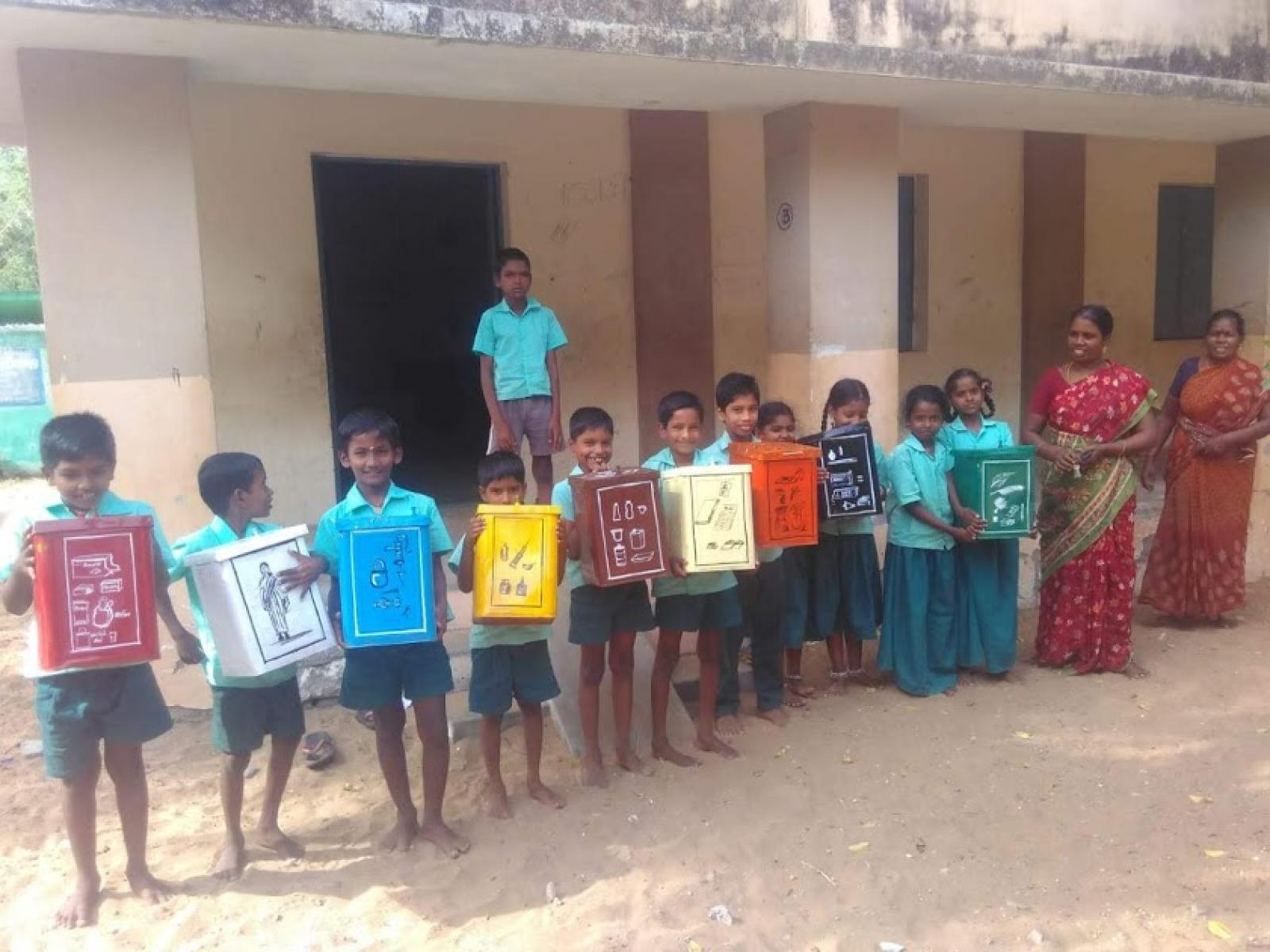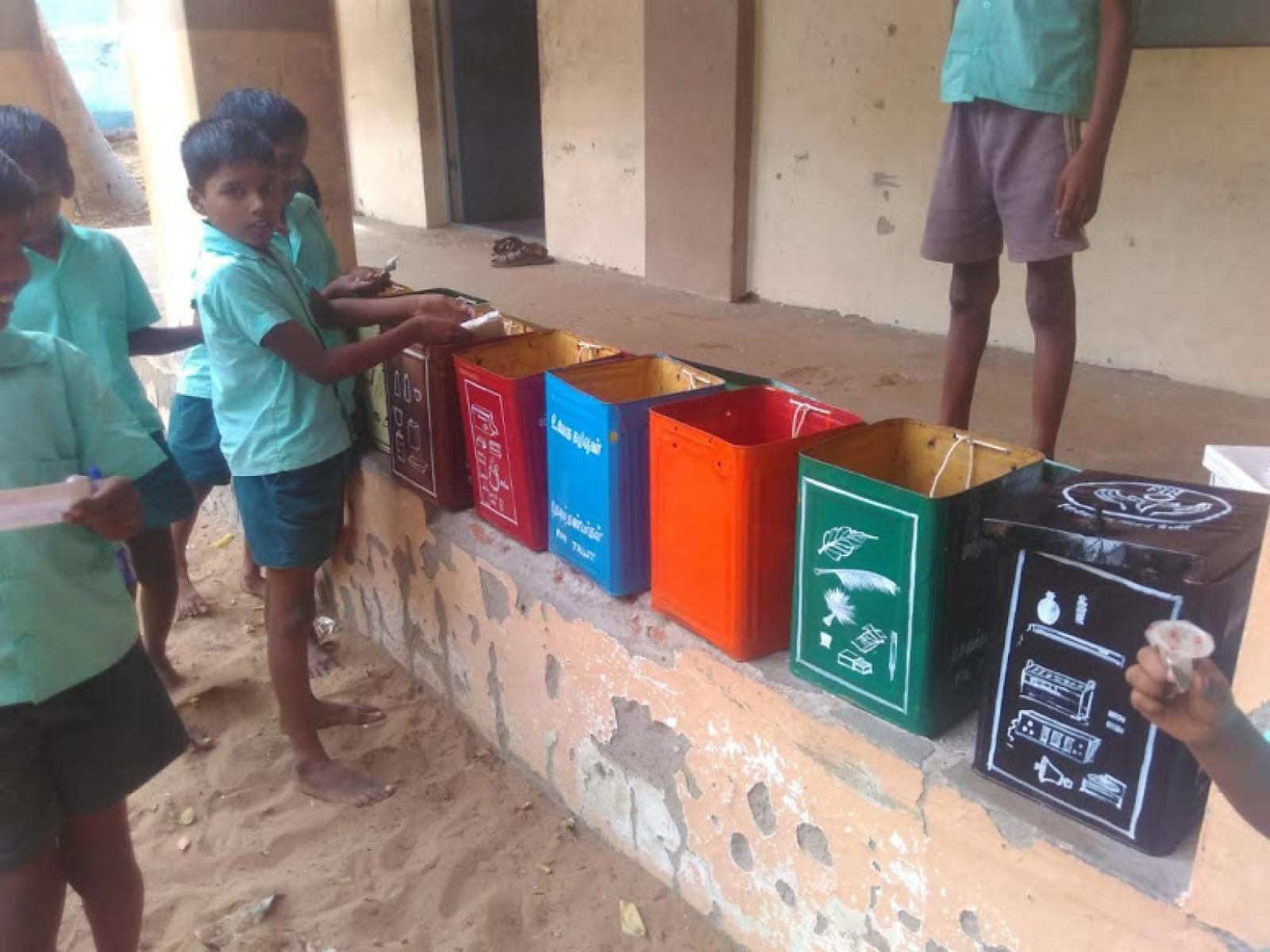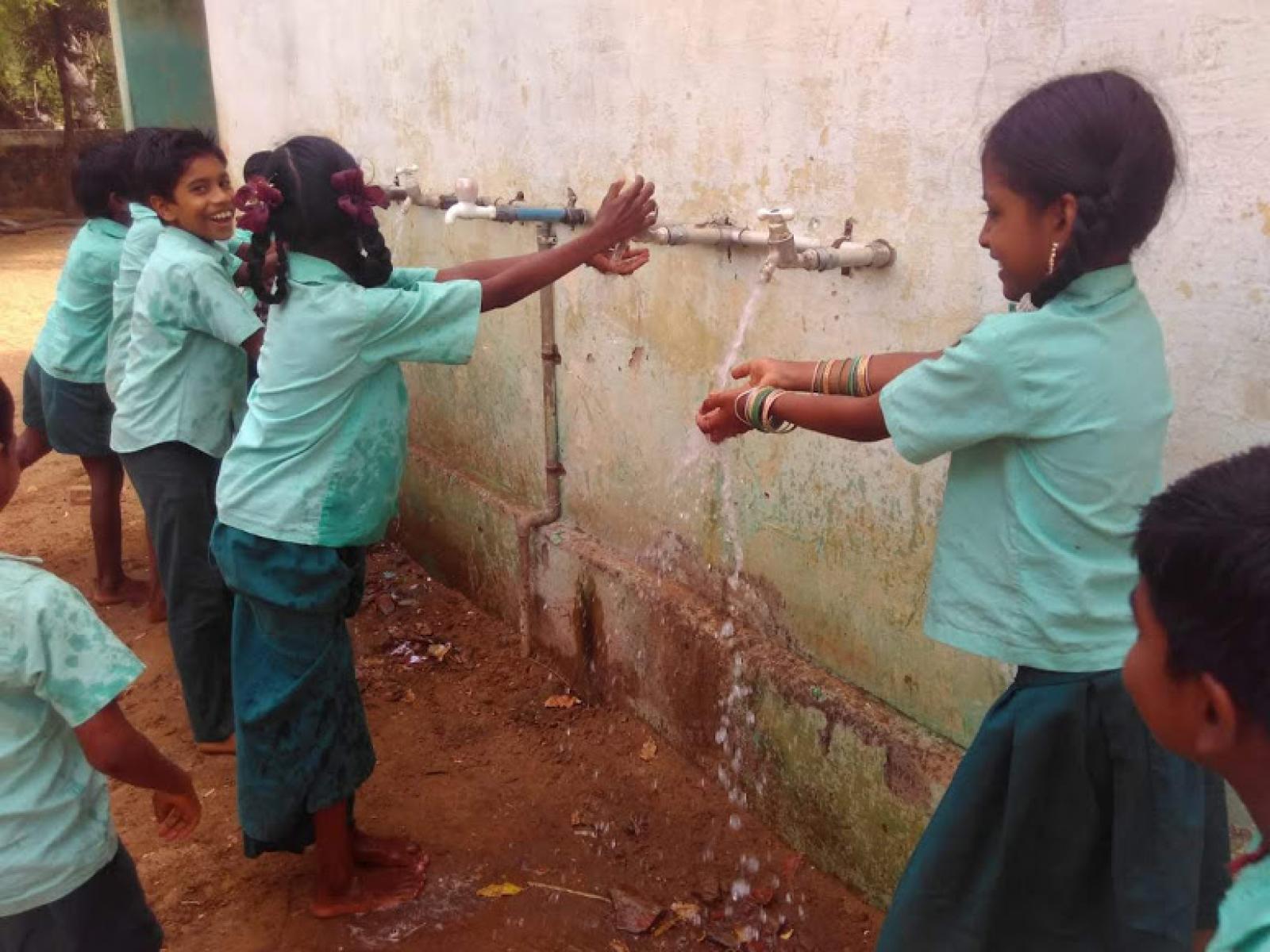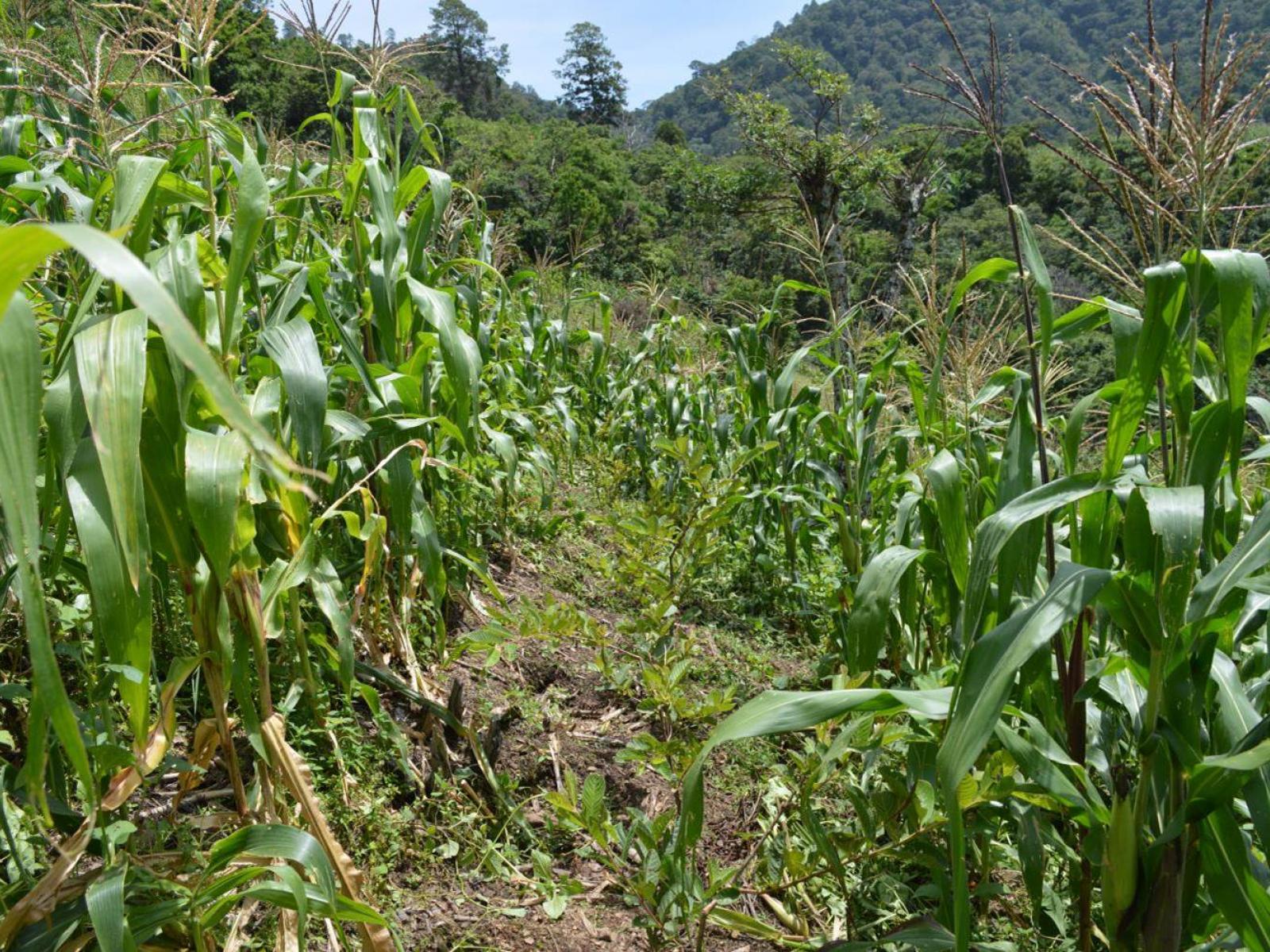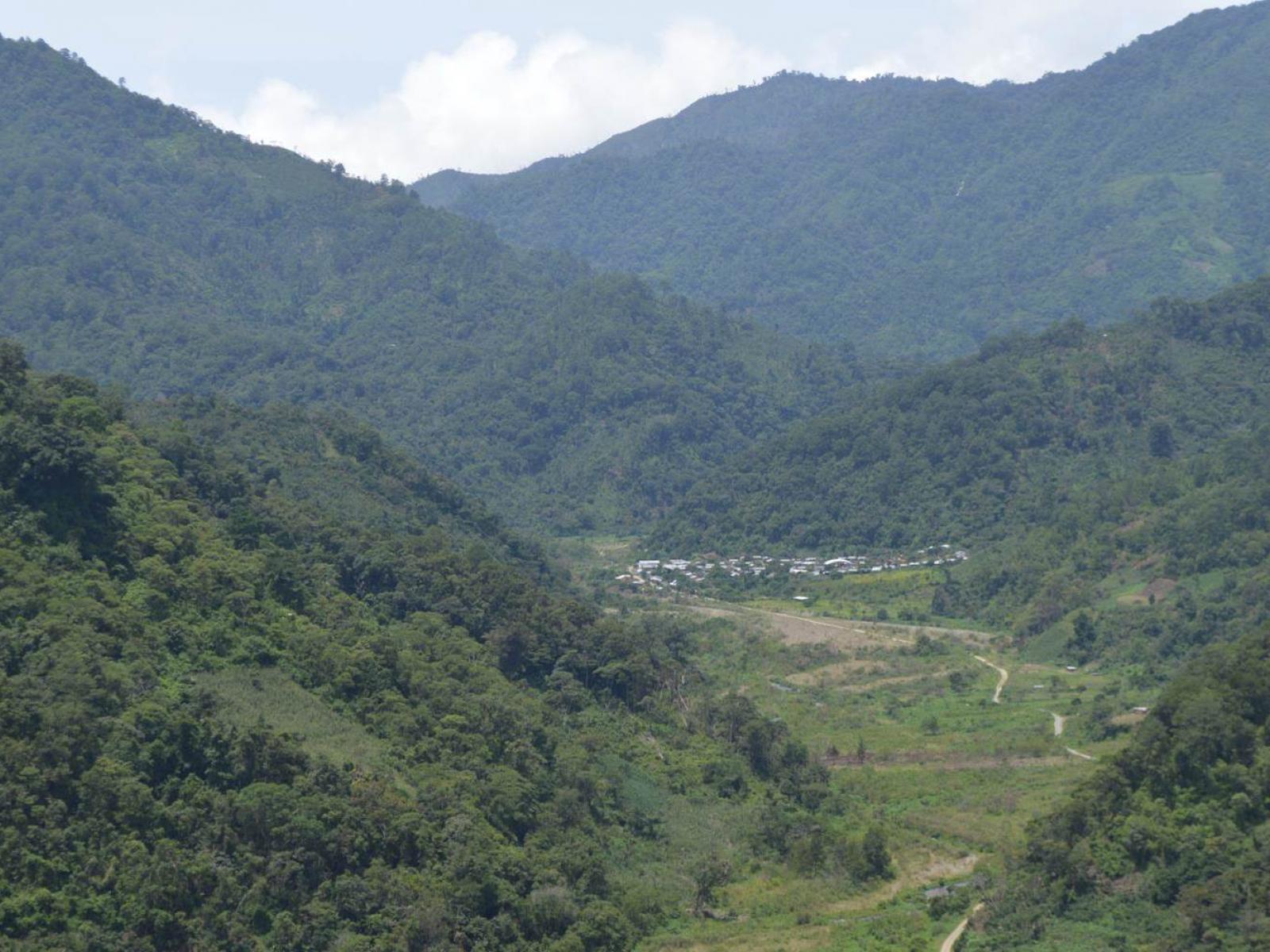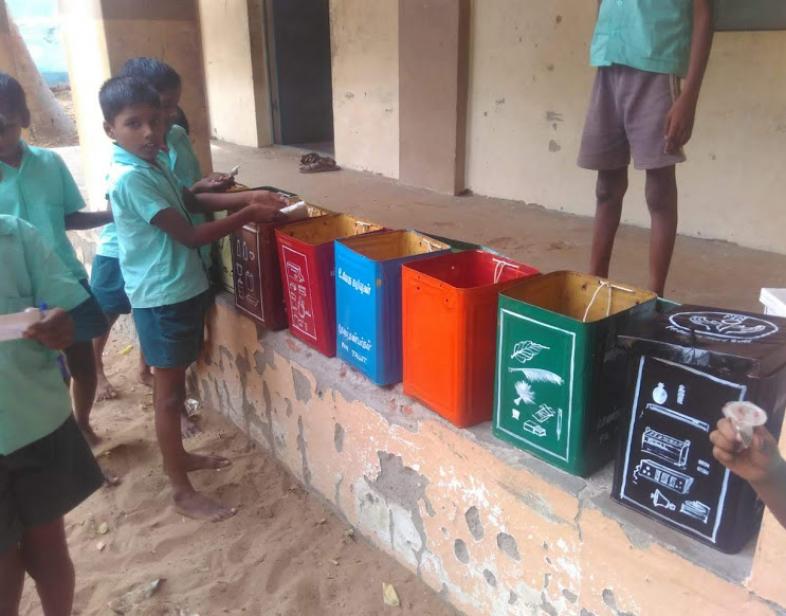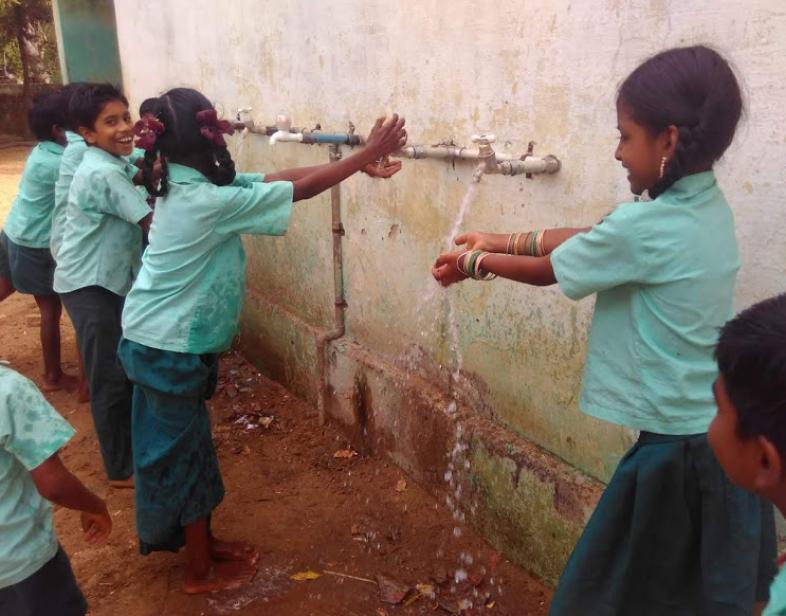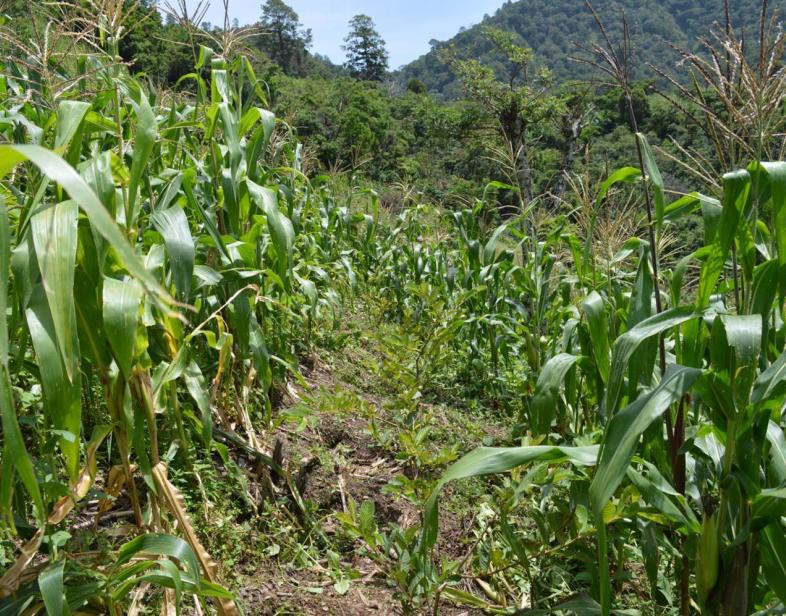An Overview Of Our Solution
Friend In Need Trust was created after the Tsunami of December 2004 to rehabilitate the village of Kameshwaram in India, that had been significantly affected by the tsunami. The purpose was to work towards ensuring economic and social security for the villagers, through implementing a series of developmental projects. One of those projects is the ‘Green Academy Project’.
This project addresses the issue of climate change by increasing the awareness amongst citizens, especially among the youth, through introducing an effective and convincing learning module in schools. The aim is to systematize a school curriculum for water and sanitation issues, by promoting hygienic behaviour and gradually engage students to a more environmental-friendly attitude. This learning also enables them to influence habits in their own families, friends and broader community.
- Population Impacted: 702
- Continent: Asia
Last name
Organization type
Context Analysis
With a population of 1.28 billion, India faces a huge environmental challenge. It is proved that India contains the maximum number of most vulnerable cities to extreme climate-related events and changes in major climate parameters over the next 30 years. Much of the problems arise due to lack of awareness of concepts of sanitation and waste management, with a significant gap existing between knowledge and practice.
Studies have shown that in rural India, people did not associate unsafe water with diarrhoea. Usage of toilets is negligible, while open defecation is so rampant that there is no stigma attached to it. From the 1,000,000 metric tons of solid waste generated, only 24% is properly processed, with open burning being one of the most popular treatment methods.
All those result in severe consequences for the people and the environment. Degradation of land, greenhouse gas emissions from the landfills, air, soil and water contamination are only some of the direct effects.
Describe the technical solution you wanted the target audience to adopt
This project addresses a proactive, age-specific curriculum where a rethinking will occur to bring water, waste management, sanitation and hygienic issues to the forefront of the local and national agenda. The aim is to achieve a sustainable behavioural change in the school environment, which will consequently raise awareness of climate change and its adverse impacts. School teachers, principals and students provide a unique opportunity in raising awareness and achieve a sustainable behavioural change on issues such as this.
The overall objective of the project is to:
- Make the school space clean, with access to water, sanitation, waste bins etc.
- Invest in the capacity building of students and staff
- Create awareness amongst stakeholders in the region, by including them in the design and implementation of the programme
- Let the school be a source of inspiration and ideas for emulation with open sharing of information
Type of intervention
Describe your behavioral intervention
The main target of this project is to raise awareness of next generation in Water, Sanitation, Hygiene and Waste Management issues. To raise awareness and change the mind-sets, we are targeting children especially in the middle school level who would be most receptive. It is proven, that awareness of health aspects of sanitation behavior is important because it determines the degree of sustainability of an intervention in sanitation (Assefa & Kumie, 2014), but has also consequences for a child’s long-term overall development (Scott, Curtis, Rabie, & Garbrah-Aidoo, 2007).
The implementation of this project in the school of Saint Sebastien in Kameshwaram started in November 2017. Students in that village were living in very bad conditions, while unhygienic behaviors, such as not washing hands, indiscriminate littering and open defecation were well-established habits, as could be expected. In order to gain the trust and ensure the motivation of the students, it required innovative learning procedures. Playing educational games, making posters with messages in their local language to promote the use of toilet, cleaning-up activities and making compost out of biodegradable waste were only some of the actions implemented in that village.
That helped to make waste management, sanitation and hygiene learning exciting and a priority in learning, while at the same time children were taught how to take care of themselves, respect the environment and take actions to protect it.
As needed, please explain the type of intervention in more detail
The main objective of this intervention is to encourage students to adopt hygienic behavior, by providing them with the appropriate incentives. Through the Green Academy Project, we help students change their previous unsustainable norms and habits, we empower them to demand what is required for a clean urban/rural area and show them how to use that power to positively affect their surrounding community and consequently change the rules of ‘social acceptability’.
Additionally, this intervention aims to change the choice architecture of people, so even when the necessary facilities and infrastructure doesn’t exist, they consciously keep making the choice to protect themselves, their people and the environment from harmful behaviours.
Describe your implementation
Although the implementation of the Green Academy Project in the Saint Sebastien school of Kameshwaram village started 7 months ago, the action planning and research phase began in 2015. Undertaken mainly by volunteers and interns, we conducted a sample survey of 25 schools across India, investigating their WASH (Water, Waste management, Sanitation and Hygiene) strategies and outcomes. That allowed us to better understand the framework and characteristics of those schools and plan our intervention more efficiently.
After identifying the challenges schools are facing, we focused our research on the school, where the project took place. We first interviewed the teachers and staff, to acquire all necessary information and build our action plan. Our intervention there mainly included weekly activities, like workshops, games, story-telling and personal discussions, targeted on the age and specific characteristics of the students. After students understood the importance and results of their behavior, we planned the next set of activities. Together with the students we re-decorated some spaces of the schools, show them how to segregate their waste, how to keep public spaces clean and how to properly use the toilet.
The main success factor of the project was that be empowering students to outreach activities, including educating their families and friends, we helped them to increase their motivation and engagement in a more environmentally sustainable behaviour and change their habits.
One of the biggest obstacles we faced was the inadequate infrastructure and the poor condition of the school’s facilities. No recycling facilities, lack or not well- maintained toilets, especially for girls, unsafe drinking water where only some of the challenges we faced. Whenever possible, we tried to reconstruct some of those facilities. In other cases, we showed the students how to create frugal innovations, e.g. dustbins from low-cost materials.
External connections
The success of our intervention is of course highly attributed to the engagement and support of the involved stakeholders. Those directly related to the project were the teachers and staff of the school, who many times acted as a ‘communication bridge’ between the interns and the students, in order to help them pass their messages. The teachers also noticed an actual difference in the overall performance of the students, since they could now be more focused and calmer, studying in a clean and well-structured environment.
This action has very beneficial effects on the interns who implemented this intervention. It first helped them to apply their theoretical knowledge into practice and gave them the chance to contribute significantly to the society. Moreover, the main outputs of that project could lead to scientific papers and policy recommendations, that could give useful information to policymakers and local authorities working on those issues.
Particularly important was the contribution of external stakeholders. Thanks to our collaboration with the FINISH (Financial Inclusion Improves Sanitation and Health) Society, we applied innovative games to promote good hygiene practices. The school also partnered with E-Parisara, an organisation that collects e –waste and made models for an awareness event where people were told to drop off e-waste. WASTE company, located in the Netherlands was also another key partner, offering their expertise in that field.
Who adopted the desired behaviors and to what degree?
The desired behaviors were first adopted by the students, during the first phase of our project, while during the next implementation phase the broader school community (families, friends, residents) where affected by that intervention.
While the long-term effects of that action still need to be evaluated, on a short-term results are very encouraging. Most of the students adopted the desired behaviors and keep practising them even outside school. Parents have reported to the teachers a positive change in their children’s attitude, as well as that they have changed their habits due to this fact. Overall, the well-being of the people involved has been improved.
Some of the practices adopted/implemented are:
- Toilet seat and wash basins adjusted to the height of students
- Use of cartoon signage to reinforce proper use of toilet
- Readily cut newspaper strips for disposal of sanitary napkins
- Upcycling of old tyres into seating
- Use of aerated drinks bottles into planters
How did you impact natural resource use and greenhouse gas emissions?
What this project achieved is to restrain the depletion of natural resources, caused by the very poor sanitation and waste management facilities.
For example, due to the poor maintenance of toilets, the water tanks used for supplying water were found to be leaking. This results in huge loss of water, which is already in scarcity in the village of Kameshwaram. Due to the lack of waste management facilities and infrastructure for segregation, as well as due to the absence of service providers for collection of waste, the school had no other choice but to burn in open space low-grade waste, releasing huge amounts of CO2. The same practice of open burning was implemented by many households, for the same reason. In cases where the waste are treated by the municipality, uncontrolled dumping results in leachate creation, causing soil and water contamination.
What were some of the resulting co-benefits?
First, throughout the outreach activities of the school we tried to bring a sustainable change to the surrounding community, by using the school as the motor of change. Educating and engaging the next generation leaders is the best strategy to ensure the sustainability of an action. By illustrating the direct consequences of unhygienic practices and their effects on human’s health, income and well-being, we managed to change the norms and habits that were mostly harmful.
Water, air and soil pollution were also some of the dire consequences which we tried to reverse. By training students to segregate their waste, make good quality of compost out of the biodegradable waste and manage the recyclable waste, we managed to reduce this pollution to a certain extent. Additionally, showing ways to take advantage of the recyclable materials (frugal innovations, selling to recycling companies, etc.) helped to enhance the economic sustainability of the project and to empower the recycling market.
Sustainability
The project has been partly funded by FIN Trust financial resources, saved for the implementation of that action.
The local government of Kameshwaram has also partly supported the undertaken reconstruction of the school, by providing material and services.
In order to continue monitoring the progress of Saint Sebastien school and apply that project to more schools, within and outside of India, we are currently in search of grants and subsidies. We are also in touch with the governmental authorities of India, who expressed interest in the implementation of the project.
Return on investment
The implementation of this activity in Saint Sebastien school cost so far around $ 7.000-9.000, including reconstruction activities, educational material, and outreach events.
The results achieved could not be directly compared to the invested expenses, since they are either non-countable (e.g. air pollution) or will be shown in the future (e,g, profits from handling recyclable materials). However, in order to ensure the financial sustainability of the project, we tried to show to the school how they could take advantage of their recycling material, by selling them to interested enterprises and getting some profit back. That would allow them to re-invest that profit into the maintenance of the school’s facilities.
How could we successfully replicate this solution elsewhere?
The ultimate goal is to develop a worldwide program and thus create a generation with proper hygiene behaviours. Education programs in sanitation and waste management are needed for both genders, and we hope they will have an even bigger impact for girls through the curb of their school dropout rates in rural areas.
Since the issues outlined above are mostly challenges of developing countries, we are trying to investigate the possibilities of collaboration between Saint Sebastien in India and St. Nicholas school in Ghana. One of our interns visited this school recently, and we realized that it shares many common characteristics with the school in India, therefore a partnership under the umbrella of the Green Academy project would be greatly beneficial for both schools. St. Nicholas school is located in a remote area, in Tema New Town, while its students are coming from very poor families. Additional funding would be required, while training material will be provided by FIN Trust.
